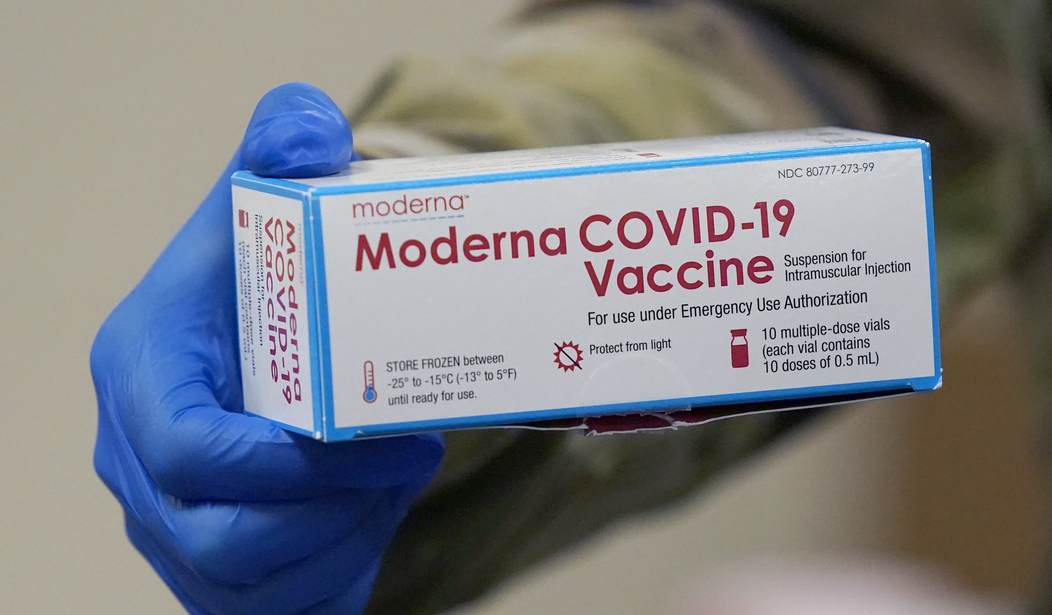Bottlenecks in the supply of the COVID-19 vaccine have resulted in shortages across the country and it doesn’t appear that the problem with distribution will ease before late May or June.
At that time, there should be at least four approved vaccines with a high degree of effectiveness. But the biggest problem in taming the coronavirus may be convincing people to get inoculated.
The good news is that those most vulnerable to disease — healthcare workers, first responders, and those over 65 — should be able to be vaccinated in the next 60 days. But vaccinating low-risk, younger and healthier Americans probably won’t start until May.
In the meantime, the enormous undertaking to vaccinate a nation is proceeding with the usual foul-ups and snafus. After all, it’s largely a government operation at this point, although that will change soon.
The Biden administration’s proposal to put more vaccine in each vial — creating more doses in each one — will probably help a bit. The rollout of vaccines directly to pharmacies will probably help even more. Starting February 11, CVS will begin to offer COVID-19 vaccinations to eligible populations at a limited number of its pharmacy locations in California, Connecticut, Hawaii, Maryland, Massachusetts, New Jersey, New York, Rhode Island, South Carolina, Texas, and Virginia — and they’re in talks for a similar programs in Indiana and Ohio. (As I noted on Twitter, based upon my past experience with CVS, I expect I’ll get a coronavirus vaccine with a reasonable wait, friendly service, and a 40-foot-long receipt.)
So why don’t Moderna and Pfizer farm out some of the production to other corporations? The problem is with how the vaccine is made and the extremely specialized nature of the machines that are used to manufacture them.
Science Translational Medicine:
This is not anything close to a traditional drug manufacturing process. And this is the single biggest reason why you cannot simply call up those “dozens” of other companies and ask them to shift their existing production over to making the mRNA vaccines. There are not dozens of companies who make DNA templates on the needed scale. There are definitely not dozens of companies who can make enough RNA. But most importantly, I believe that you can count on one hand the number of facilities who can make the critical lipid nanoparticles. That doesn’t mean that you can’t build more of the machines, but I would assume that Pfizer, BioNTech, Moderna (and CureVac as well) have largely taken up the production capacity for that sort of expansion as well.
The bottleneck problem won’t be solved by companies producing more vaccines. It will be solved when other vaccines are approved for use by the FDA. Among those is the Johnson & Johnson one-shot vaccine that the FDA will likely approve for emergency use next week. The huge advantage the J&J vaccine has is that it doesn’t need to be stored in super-cooled refrigeration units. It will stay viable in any standard medical refrigerator.
Other candidates include the NovaVax vaccine.
On January 29, NovaVax submitted the results of its testing study in the United Kingdom of more than 15,000 subjects and concluded it was 89.3 percent effective against the standard SARS-CoV-2 virus and has 60 percent efficacy in preventing mild, moderate, and severe COVID-19 disease in its testing in South Africa — suggesting it works against the South African variant. (If you’re underwhelmed by that 60 percent number, keep in mind the unvaccinated efficacy number is zero.) NovaVax still has to submit its vaccine to the FDA as well, and so this vaccine is expected to arrive in April.
The AstraZeneca vaccine, already approved for emergency use in Great Britain, won’t get U.S. approval until April.
With four vaccines all showing nearly 90% efficacy, the shortages should start easing in late spring. All that will be needed is to convince Americans to get inoculated. Health officials believe that as more people get vaccinated, and others see the limited side effects, confidence will grow in the vaccines and the number of Americans saying they won’t get vaccinated will fall dramatically.
Rep. Burgess Owens Schools AOC for Connecting ‘White Supremacy’ to Socialized Medicine










Join the conversation as a VIP Member